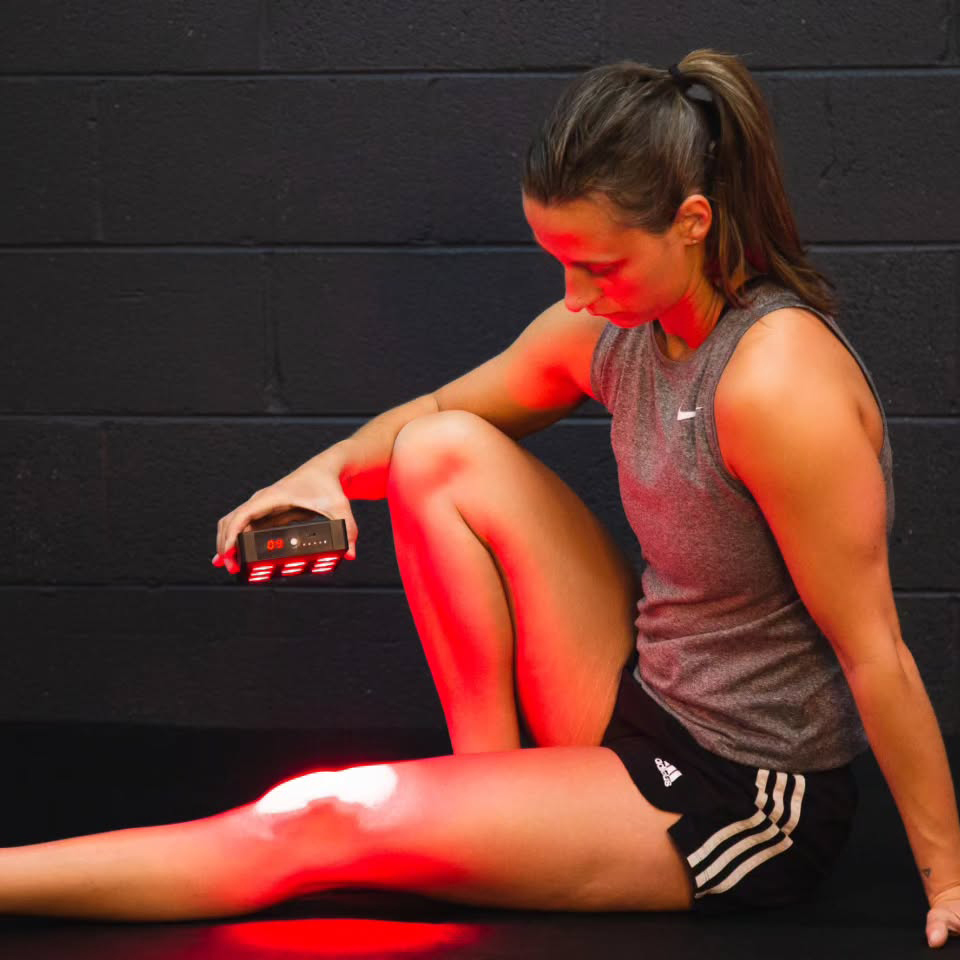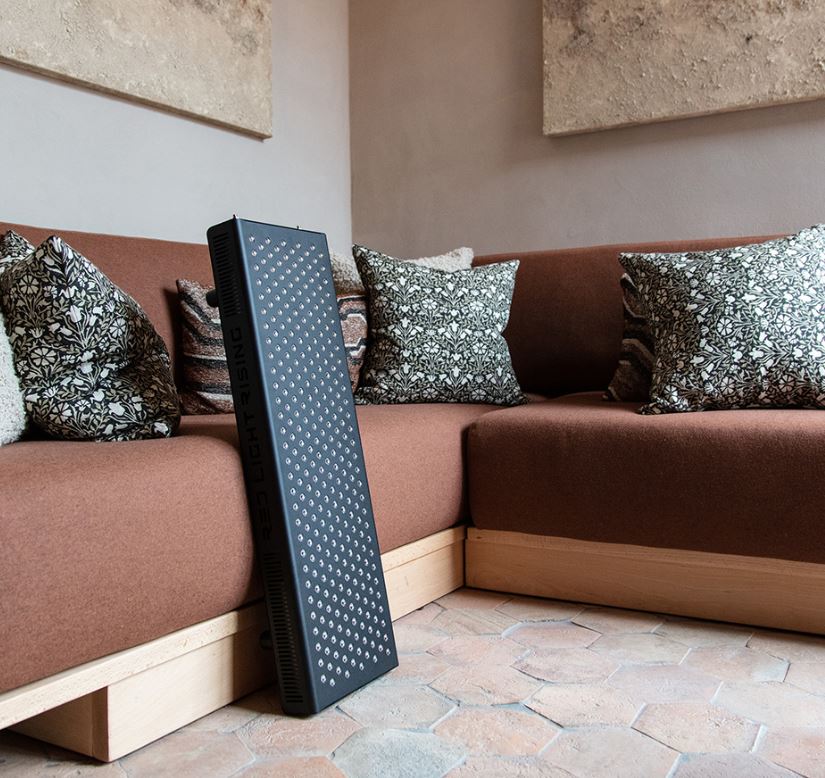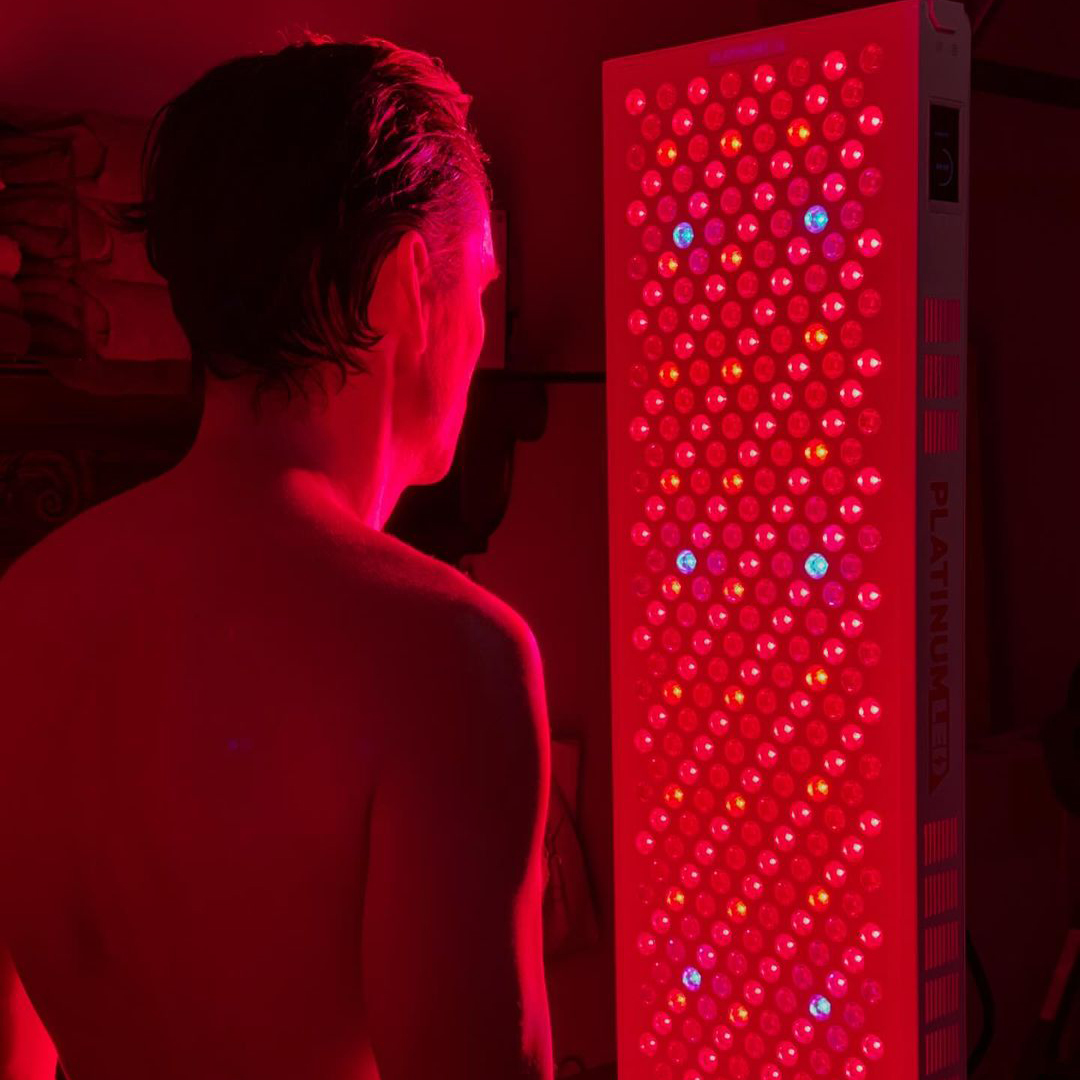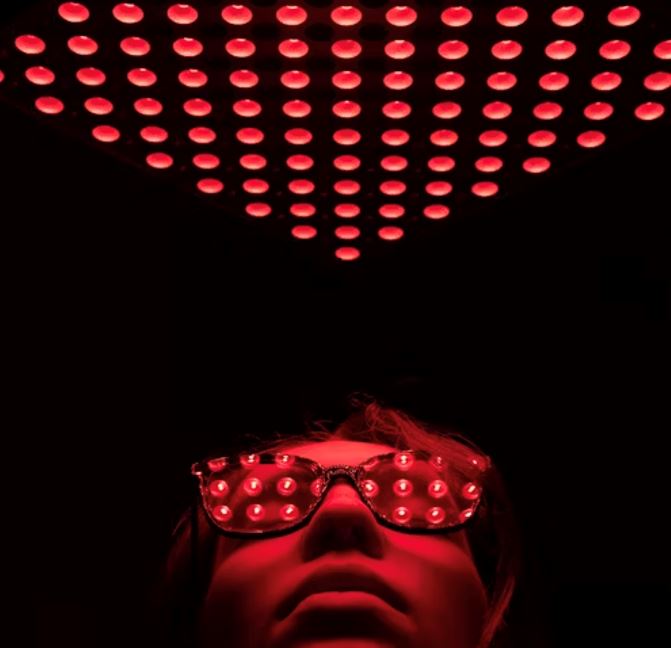![]() Free Shipping
Free Shipping ![]() Buy Now, Pay Later
Buy Now, Pay Later ![]() Eligible
Eligible
Red Light Therapy for Ringworm: A Comprehensive Guide to Natural Healing
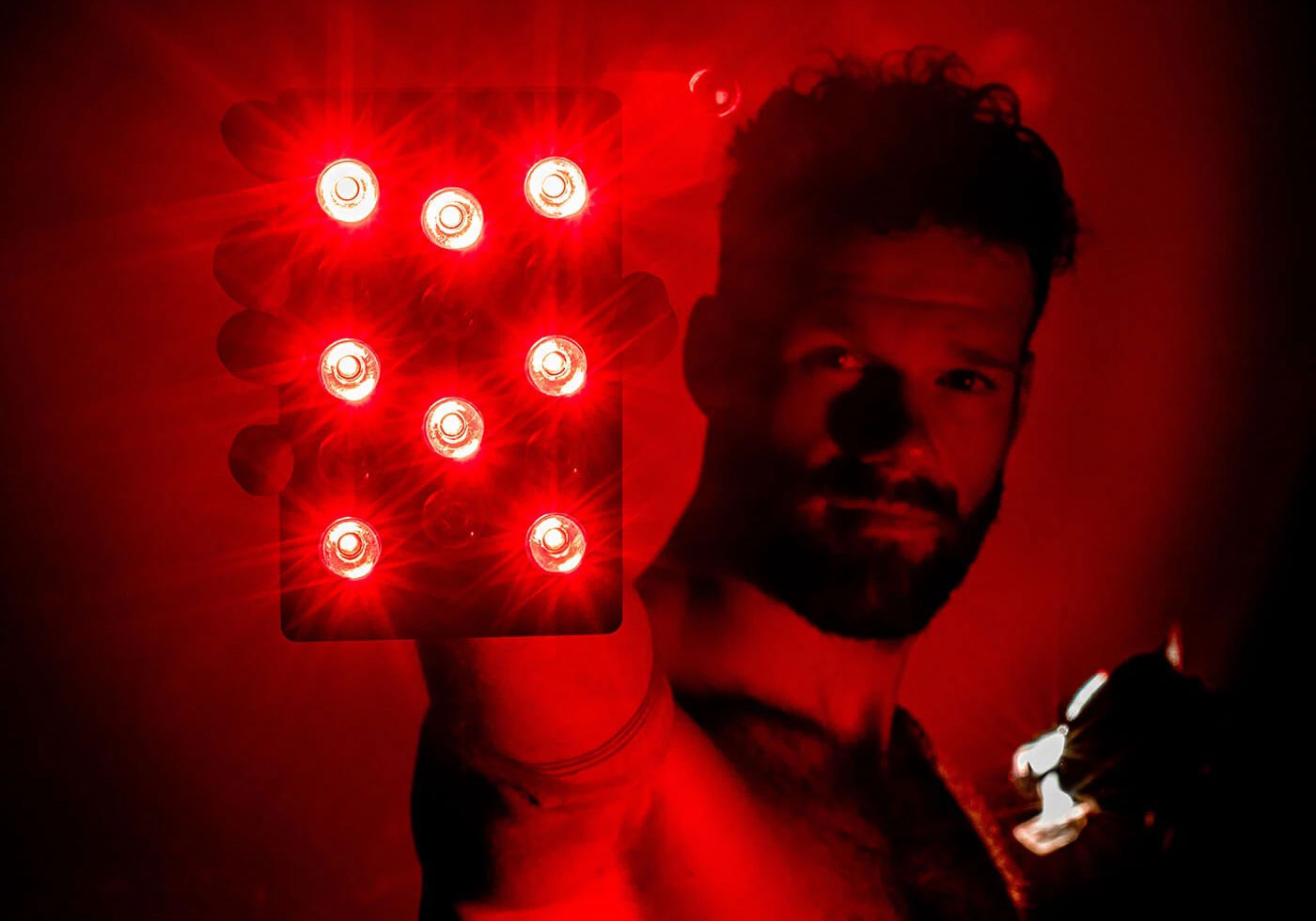
Ringworm is a common fungal infection that affects the skin, scalp, and nails. Despite its name, it has nothing to do with worms—it’s caused by dermatophytes, a group of fungi that thrive in warm, moist environments. The infection leads to itchy, circular rashes that can be both uncomfortable and embarrassing.
While antifungal creams and oral medications are the standard treatments, many people seek alternative therapies to avoid side effects or enhance healing. One such promising treatment is red light therapy (RLT), also known as low-level laser therapy (LLLT) or photobiomodulation.
But does red light therapy really work for ringworm? How does it compare to conventional treatments? And how can you use it effectively?
In this 3000-word guide, we’ll explore:
- What red light therapy is and how it works
- Scientific evidence supporting RLT for fungal infections
- Step-by-step instructions for using red light therapy for ringworm
- Benefits, risks, and precautions
- Combining RLT with other natural remedies for faster healing
By the end, you’ll have a clear understanding of whether red light therapy is a viable option for treating ringworm—and how to use it safely and effectively.
What Is Red Light Therapy?
Red light therapy is a non-invasive treatment that uses low-wavelength red and near-infrared (NIR) light to stimulate cellular repair, reduce inflammation, and enhance circulation. Unlike UV light, which can damage the skin, red light penetrates deep into tissues without causing burns or harm.
How Does Red Light Therapy Work?
When red or near-infrared light is applied to the skin, it is absorbed by mitochondria (the energy powerhouses of cells). This interaction boosts adenosine triphosphate (ATP) production, which enhances cell regeneration and repair.
Key effects of red light therapy include:
- Increased blood flow – Promotes faster healing by delivering oxygen and nutrients to the infected area.
- Reduced inflammation – Helps soothe itching and redness associated with ringworm.
- Enhanced immune response – May help the body fight fungal infections more effectively.
- Accelerated skin repair – Supports the regeneration of healthy skin cells.
But can it really kill fungi? Let’s look at the science.
VELLGUS Elite V2
THE #1 RATED RED LIGHT DEVICE
VELLGUS pro V2
THE #1 RATED FULL BODY RED LIGHT DEVICE
Can Red Light Therapy Kill Ringworm?
Ringworm is caused by fungi, not bacteria or viruses. Traditional antifungal treatments work by either disrupting fungal cell membranes (like terbinafine) or inhibiting fungal growth (like clotrimazole).
So, where does red light therapy fit in?
Scientific Evidence on RLT and Fungal Infections
While most studies on red light therapy focus on wound healing, inflammation, and bacterial infections, some research suggests it may also help with fungal conditions:
- Antifungal Effects of Light Therapy (2017 Study)
- A study published in Lasers in Medical Science found that blue and red light combined had antifungal effects against Candida albicans (a type of yeast).
- While ringworm is caused by dermatophytes (not yeast), this suggests light therapy can influence fungal growth.
- Enhanced Skin Barrier Function (2020 Study)
- Research in Photodermatology, Photoimmunology & Photomedicine showed that red light therapy strengthens the skin barrier, making it harder for fungi to thrive.
- Anti-Inflammatory Benefits
- Ringworm rashes are often inflamed and itchy. Red light therapy’s anti-inflammatory effects can help reduce discomfort while the body fights the infection.
Does This Mean RLT Can Cure Ringworm Alone?
While red light therapy may support healing, it is not a standalone cure for ringworm. However, when used alongside antifungal treatments (natural or pharmaceutical), it can:
- Speed up recovery
- Reduce itching and redness
- Prevent secondary infections from scratching
How to Use Red Light Therapy for Ringworm
If you want to try red light therapy for ringworm, follow these steps:
1. Choose the Right Red Light Device
- Handheld RLT devices (for small patches)
- Panels or full-body devices (for larger areas)
- Wavelength: Opt for 630-670nm (red) and 810-850nm (near-infrared) for best results.
2. Prepare the Skin
- Clean the infected area with mild soap and water.
- Pat dry—fungi thrive in moisture, so keep the area dry.
3. Apply Red Light Therapy
- Distance: Hold the device 6-12 inches from the skin.
- Duration: Treat for 5-10 minutes per session, 1-2 times daily.
- Consistency: Use for at least 2-4 weeks (ringworm can take time to fully resolve).
4. Combine with Antifungal Treatments
For best results, pair RLT with:
- Topical antifungals (clotrimazole, terbinafine)
- Natural remedies (tea tree oil, coconut oil, apple cider vinegar)
5. Monitor Progress
- Ringworm should start improving within 1-2 weeks.
- If no improvement, consult a doctor—you may need oral antifungals.
Benefits of Using Red Light Therapy for Ringworm
- Non-Toxic & Safe
- Unlike oral antifungals, RLT has no side effects when used correctly.
- Reduces Itching & Inflammation
- Provides immediate relief from discomfort.
- Speeds Up Healing
- Helps skin recover faster, reducing scarring risk.
- Prevents Reinfection
- Strengthens skin barrier to resist future fungal attacks.
Potential Risks & Precautions
While red light therapy is generally safe, consider these precautions:
- Avoid overuse – Too much exposure can cause mild redness (rare).
- Not a replacement for antifungals – Use alongside conventional treatments.
- Consult a doctor if:
- The rash spreads or worsens
- You have a weakened immune system
Natural Remedies to Combine with Red Light Therapy
For a holistic approach, try these natural antifungal remedies alongside RLT:
- Tea Tree Oil – Powerful antifungal; dilute with coconut oil before applying.
- Coconut Oil – Contains caprylic acid, which fights fungi.
- Apple Cider Vinegar – Creates an acidic environment that fungi hate.
- Garlic Extract – Has natural antifungal properties.
Final Verdict: Is Red Light Therapy Effective for Ringworm?
While more research is needed, red light therapy shows promise as a supportive treatment for ringworm by:
✔ Reducing inflammation and itching
✔ Speeding up skin repair
✔ Enhancing the effects of antifungal treatments
However, it should not replace traditional antifungals entirely. For best results, combine RLT with topical or natural antifungals and maintain good hygiene.
If your ringworm persists or worsens, consult a dermatologist—you may need prescription-strength treatment.
Conclusion
Red light therapy is an innovative, drug-free option for managing ringworm symptoms and supporting skin recovery. While it may not kill fungi directly, its healing and anti-inflammatory benefits make it a valuable addition to your treatment plan.
Have you tried red light therapy for ringworm? Share your experience in the comments!
Want to learn more? Check out our in-depth guides on:
- Best red light therapy devices for skin health
- Natural remedies for stubborn fungal infections
- How to prevent ringworm from coming back
Stay informed, stay healthy, and explore the power of light for healing!





